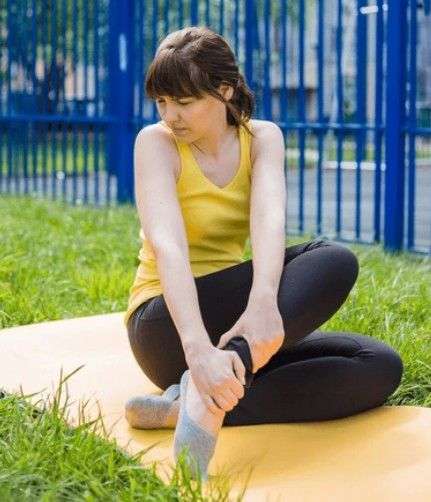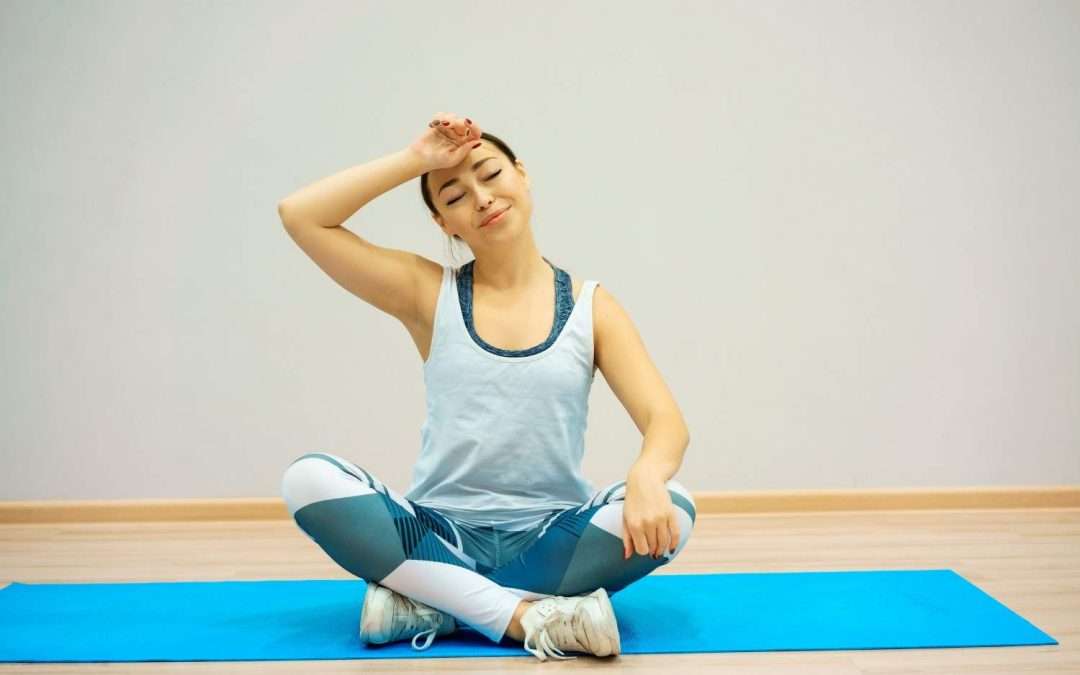About Yoga
With ancient roots and a modern resurgence, yoga has become ubiquitous in fitness and wellness. As someone who has dedicated a decade to exploring the depths of this transformative practice, I have encountered many ideas, myths, and misconceptions about yoga, especially in terms of its potential outcomes. My goal in this comprehensive guide is to explore the topic in-depth and clarify whether there are any side effects to regular yoga practice.
Understanding the Nature of Yoga
Before delving into the discussion on aspect effects, it is vital to set up a clean expertise of what yoga entails. Yoga is not simply a physical exercise routine; it’s a holistic exercise that encompasses bodily postures (asanas), breath management (pranayama), meditation, and moral recommendations for living (yamas and niyamas). Its origins hint back hundreds of years to historic India, in which it changed into evolved as a method to harmonize the body, mind, and spirit.
In modern world, yoga has evolved into a multifaceted field with numerous styles and techniques, ranging from gentle, restorative practices to dynamic, physically annoying ones. Each style of yoga offers precise benefits and caters to extraordinary people’ wishes, preferences, and competencies. Whether it’s the flowing sequences of Vinyasa, the right alignment of Iyengar, or the introspective nature of Yin yoga, there’s a fashion of yoga for every body.
Are There Side Effects of Regular Yoga Practice?
Despite its sizable acclaim and recognition, yoga is not resistant to skepticism and scrutiny. One of the maximum not unusual worries raised by skeptics is whether everyday yoga exercise can have negative consequences on one’s bodily or intellectual properly-being. Let’s address those worries systematically, drawing from each scientific research and personal enjoy.
1. Physical Side Effects:
Risk of Injury: One of the primary worries regarding yoga is the hazard of damage, especially while practicing greater superior poses or pushing oneself beyond one’s limits. While it is proper that any bodily interest includes a threat of damage, research have continually shown that the prevalence of yoga-associated accidents is especially low as compared to other kinds of exercise. In reality, studies posted inside the International Journal of Yoga indicates that yoga may additionally assist save you injuries via improving flexibility, electricity, and proprioception (focus of body role).


Muscle Soreness and Fatigue: Like any form of exercise, yoga can on occasion lead to brief muscle soreness and fatigue, mainly when beginning a brand new habitual or undertaking greater severe practices. However, those signs and symptoms are typically transient and can be mitigated by using practicing right alignment, the usage of props as wanted, and gradually growing intensity over the years. C. Overuse Injuries: Another capacity concern is the hazard of overuse injuries, especially in those who engage in vigorous or repetitive movements without right rest and healing. However, with mindful exercise and attentive being attentive to one’s frame, the danger of overuse injuries can be minimized. Incorporating range into one’s exercise, together with one of a kind varieties of yoga and pass-schooling activities, can also assist prevent overuse injuries.
2. Mental and Emotional Side Effects:
Increased Stress and Anxiety: While yoga is broadly seemed as a strain-relieving exercise, some people may additionally to begin with enjoy increased pressure or tension while starting a yoga exercise. This phenomenon, often called "pressure-triggered anxiety," happens while suppressed feelings or unresolved troubles floor at some point of yoga practice. However, this isn’t indicative of yoga itself inflicting damage; as an alternative, it highlights the importance of yoga as a device for self-recognition and emotional recovery. With endured practice and guidance from a qualified instructor, individuals can learn to navigate and release those emotions in a safe and supportive surroundings.
Emotional Release: In addition to stress-induced anxiety, yoga can also facilitate emotional launch, leading to moments of catharsis or vulnerability on the mat. While these reviews may be excessive and may trap practitioners off shield, they may be a natural part of the recovery system and can in the end cause extra emotional resilience and nicely-being. It’s essential for practitioners to approach these experiences with self-compassion and to are looking for help from their instructors or mental health professionals if needed.
Potential for Psychological Discomfort: In rare instances, people with underlying intellectual fitness issues or trauma histories may additionally revel in mental pain in the course of yoga practice. This can manifest as emotions of weigh down, dissociation, or emotional dysregulation. It’s vital for yoga instructors to create a secure and inclusive surroundings for all practitioners and to remember of trauma-touchy coaching practices. Additionally, individuals experiencing sizable mental misery must seek steering from a qualified therapist or counselor to address underlying problems and ensure their properly-being.
Keys to Safe and Beneficial Yoga Practice
While the potential aspect outcomes of yoga are minimal as compared to its myriad benefits, it’s vital for practitioners to method their exercise with mindfulness, self-awareness, and appreciate for their bodies’ barriers. Here are some key ideas to keep in mind for a safe and useful yoga practice:

- Listen to Your Body: Your frame is your satisfactory trainer. Pay attention to sensations, soreness, and limitations, and alter your practice therefore. Avoid pushing yourself beyond your consolation region or ignoring indicators of pain or pressure.
- Honor Your Limits: Every body is unique, and what works for one man or woman might not paintings for another. Respect your body’s limitations and exercise self-compassion instead of striving for perfection or evaluating your self to others.
- Seek Guidance from Qualified Instructors: A informed and skilled yoga instructor can provide invaluable steerage, help, and feedback to help you increase a secure and powerful practice. Look for teachers who prioritize alignment, breath focus, and individualized training.
- Cultivate Mindfulness and Self-Awareness: Yoga isn’t pretty much bodily postures; it is approximately cultivating mindfulness and self-awareness on and off the mat. Pay attention in your breath, thoughts, and emotions throughout exercise, and be aware how they impact your revel in.
- Embrace the Journey: Yoga is a lifelong journey of self-discovery and self-transformation. Embrace the process, celebrate your progress, and technique your practice with interest, humility, and gratitude.
Conclusion
In end, the concept that regular yoga practice has adverse aspect consequences is essentially a fantasy perpetuated by misconceptions and incorrect information. While there may be occasional demanding situations or discomforts along the yoga adventure, the overwhelming proof points to the profound blessings of yoga for physical, mental, and emotional nicely-being. By approaching yoga with mindfulness, recognize, and self-cognizance, practitioners can gain the rewards of this ancient practice at the same time as minimizing the chance of damaging results. So, roll out your mat, breathe deeply, and embark on the transformative journey of yoga with self belief and joy. Namaste.

